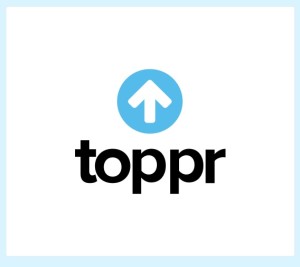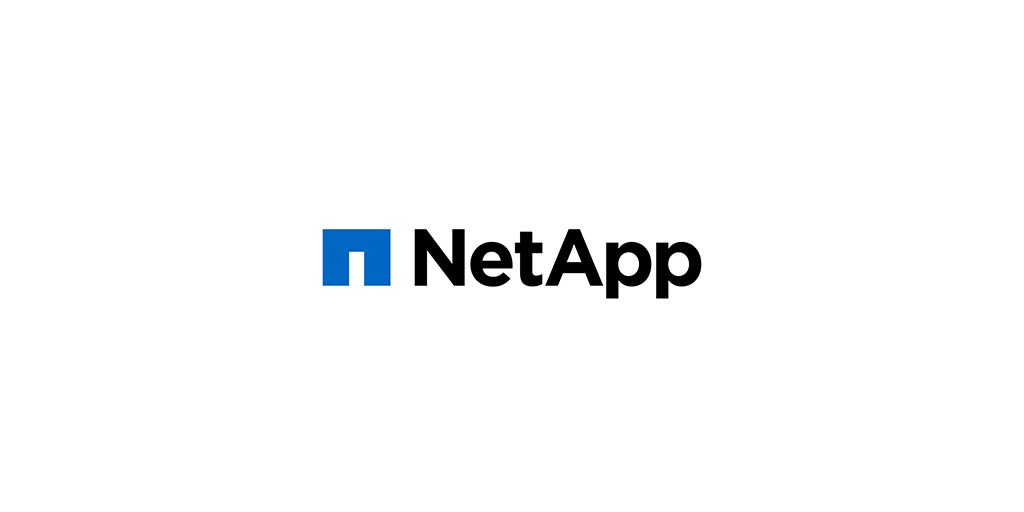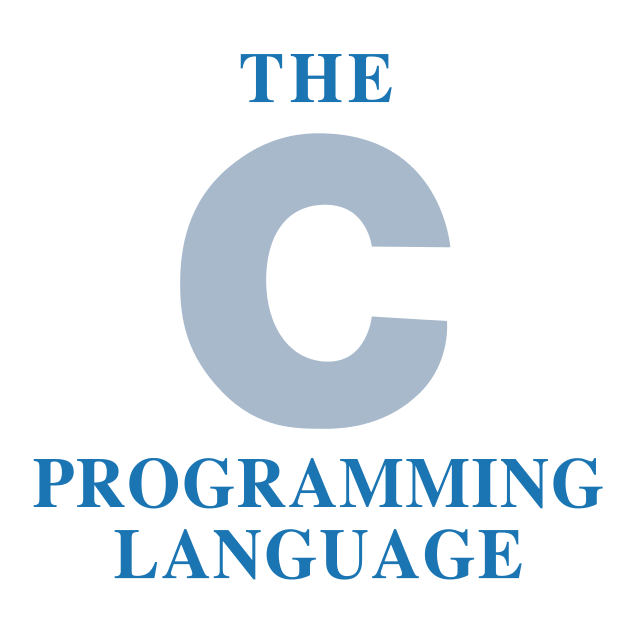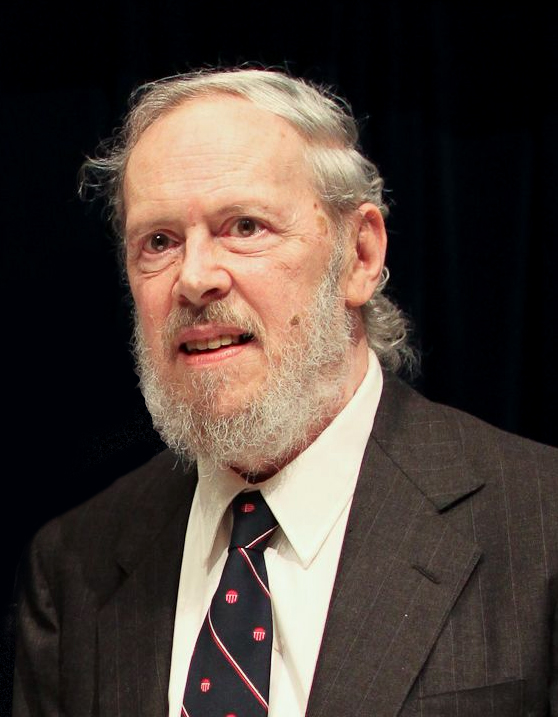Toppr-Evolution of Indian Education System With E-Learning
The Indian education system does honestly not impress the world or Indian students itself. High competition among students especially after the 12th standard has opened a source of business for private tutors. This is the biggest reason why offline education is so costly in India.
But, we know the major population of our country cannot afford proper education. So, it has a negative impact mostly on the students appearing for a joint entrance examination or a medical examination. To overcome this urgent crisis suffered by mediocre students of our nation, Zishaan Hayath came up with Toppr.
Toppr is an e-learning platform launched in 2013. It assists a student in gaining proper knowledge about the competitive exams who can also watch videos and solve questions. Zishaan along with his ex-classmate Hemanth Goteti launched this innovative and helpful website. Since then a massive amount of students have signed in and made brilliant outcomes.
About the founders of Toppr
Zishaan Hayath went to IIT Bombay and graduated in 2005. His first step into the corporate world was with ITC Limited where he joined as an Assistant Manager. In April 2006, he joined Opera Solutions as an Assistant Consultant. He co-founded Chaupaati Bazaar, a phone-commerce start-up in 2008.
Futurebazaar.com acquired Chaupaati Bazaar and Zishaan became the VP Product of Futurebazaar eventually. In April 2013, he co-founded Toppr with Hemanth.
Hemanth studied Aerospace Engineering in IIT Bombay. He worked in many companies before co-founding Toppr. Hemanth also worked at Futurebazaar.com as Head of Engineering.
How did it start?
Zishaan knew Hemanth from college and working together before co-founding Toppr made a good understanding between them. Both of them were tech geeks and their idea was to use technology into a sector with a massive audience. In India, most of the youngsters are highly devoted to gaining proper education. So, what could be better than implementing high tech in the educational system?
This led the co-founders to come with Toppr. Toppr received its initial funding from Kasyap Deorah and Abhisekh Jain. Within one year of launching Toppr, 8000 students signed up for the preparation courses of JEE, medical exams, and foundation courses.
At this time, many websites like this already came in the market but Toppr clearly steered the right direction.
The Positive Side
The middle-aged children’s population seeking education has outnumbered even China. This opened a huge potential for the platforms of e-learning. And, now that the age of the internet has come everyone prefers learning from websites. Because going to coaching classes is both expensive and time-consuming.
Moreover, different cities have different quality of education. For example, we all know Rajasthan has the best coaching facilities for JEE and medical entrance exams. But, with the help of a mobile app, every student at every corner of India received the same quality education.
Currently, there are around 8 million users that pay for their courses in Toppr. And, for a start-up, it is a pretty impressive number of paid users. The revenue keeps increasing thrice every year for the last three years.
The Expansion
In May 2014, Toppr raised a funding of $2 million from SAIF Partners and Helion Ventures. Zishaan announced that all the funds raised will be invested to improve the existing modules. In April 2015, Toppr acquired EasyPrep, a platform that served the same purpose as Toppr.
Within a year, the team of Toppr comprised of 100 members and served more than 150,000 students. The rate of success also increased every year since the study materials were made by freelancers from IITs. The Mumbai-based start-up also acquired Manch in 2015. Zishaan announced that the main reason behind the acquisitions is making education more affordable.
In 2017, Toppr raised $450 million from SAIF Partners, Helion Ventures and FIL Capital Management. And, it raised another $155 million from Alteria Capital. In the last three years, Toppr received a massive amount of funding from the existing investors and also $35 million from Kaizen Private Equity. This was the latest round of funding.
The Success
The company so far has reached out to students from twenty-five different cities. By 2020, their target is to reach thirty cities and also to thrice its annual revenue. The app approximately has seven million total downloads to date. The subscription charge of Toppr is also very affordable which adds a big plus point in its list.

Annasha Dey is an NIT student, who apart from studying engineering is also a content writer. She has a great interest in photography, writing, reading novels, and travelling as well. She is a foodie who loves socializing and hanging out with her friends. She is also a trained Kathak dancer and a big fashion enthusiast. Dey also loves watching TV series, which includes F.R.I.E.N.D.S. and Big Bang Theory. To be a better writer she prefers to read more









